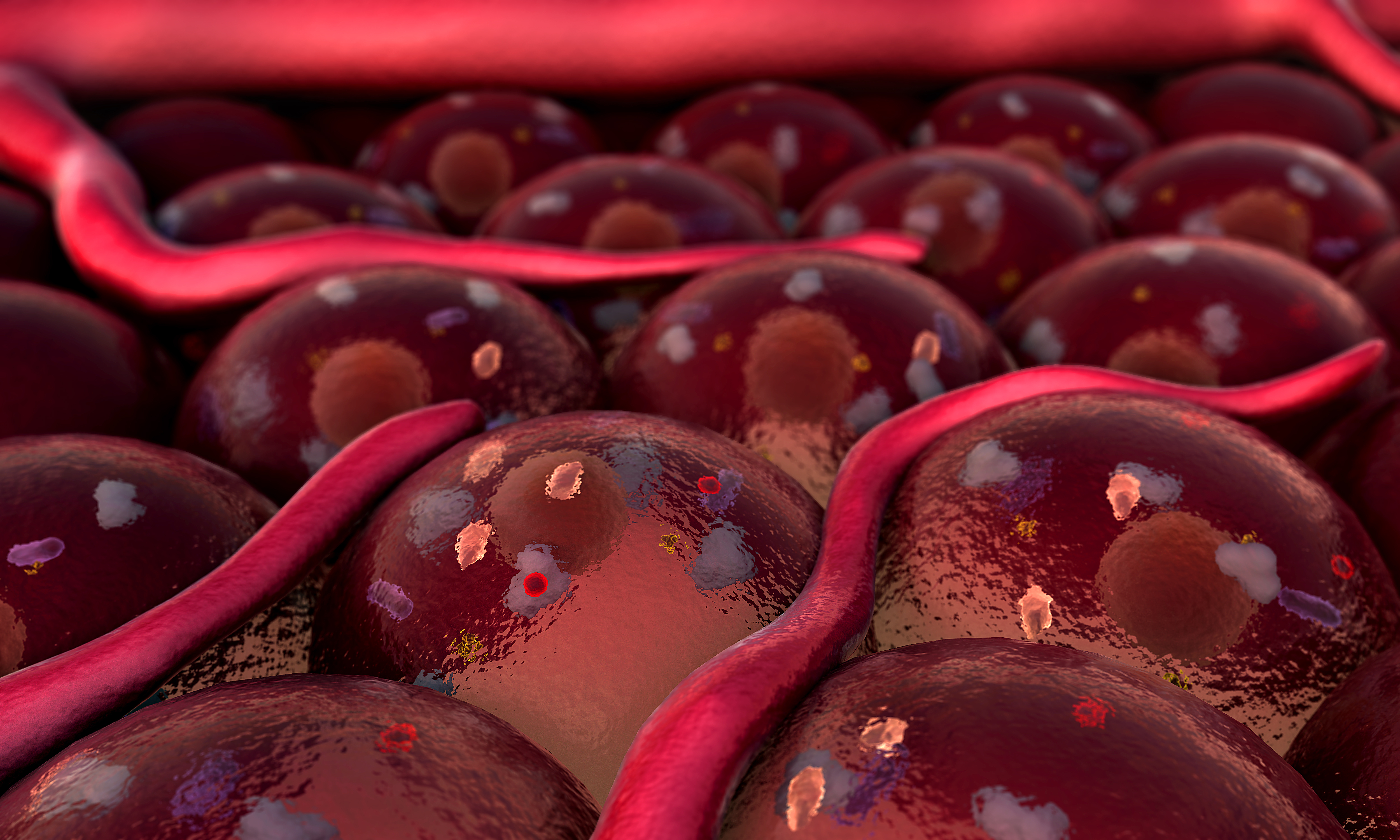Frataxin Level Correlates With Friedreich’s Ataxia Severity

Although the basis of Friedreich’s ataxia lies in a genome-wide mutation in the frataxin gene that encodes the frataxin protein, not all tissues are affected by the disease. Some tissues function adequately, while others such as neuronal and cardiac tissues suffer from degenerated ability to function. Researchers have found that different tissues produce different amounts of frataxin protein, and a team of researchers from University of Pennsylvania hypothesized that frataxin protein level may influence the severity of Friedreich’s ataxia in tissues outside the nervous system. They found that buccal (of the mouth) and blood cells that produce less frataxin are affected more by symptoms.
The majority (98%) of individuals with Friedreich’s ataxia have an aberration in their DNA in which both copies of the frataxin gene contain an abnormally high number of GAA base repeats. The remaining patients have one affected gene in which either a point mutation or a deletion of a base is created. Regardless of the cause, frataxin protein production is affected because mRNA transcription is reduced. This has led researchers to attempt to treat Friedreich’s ataxia by restoring frataxin protein to cells or replacing frataxin protein function with enzymes. However, it is unknown whether or not frataxin protein levels in the peripheral tissues contribute to symptoms and if it is important to restore these protein levels.
Dr. Michael Lazaropoulos and Dr. David R. Lynch at The Children’s Hospital of Pennsylvania conducted the study, “Frataxin Levels in Peripheral Tissue in Friedreich Ataxia,” which was published in Annals of Clinical and Translational Neurology, with the goal of understanding how frataxin levels in peripheral tissues affected disease status in a sample of 521 patients with Friedreich’s ataxia and 306 carriers (non-symptom bearing individuals). To ensure variability in protein level during an individual’s lifetime did not confound results, the researchers tested buccal and blood samples multiple times over the course of the study.
The level of frataxin protein was negatively correlated with the length of GAA repeats–most commonly the size of repeats on the shorter of the two genes. Protein level correlated well with symptoms, as determined by the Friedreich Ataxia Rating Scale (FARS) exam. This correlation was stronger for frataxin protein level in blood cells than for protein level in buccal cells. In patients with point mutations, the exact mutation also played a role in symptom severity.
“The present work demonstrates the complexity of peripheral frataxin levels in Friedreich’s ataxia, and the need for consideration of multiple factors in interpretation of the results of clinical intervention studies,” wrote Dr. Lazaropoulos. Since protein level correlates with symptoms, it seems logical for clinical studies to continue investigating treatments that focus on replacing the function of deficient frataxin protein in cells.






